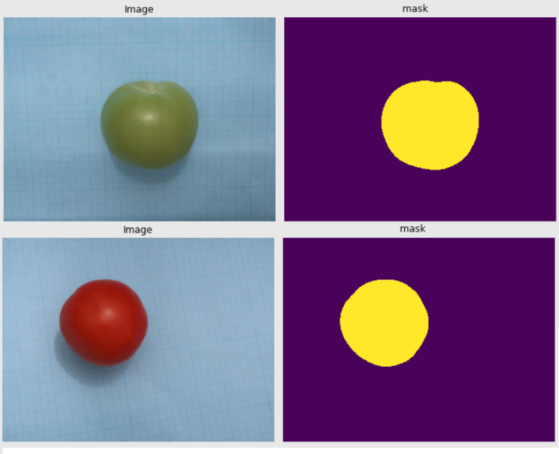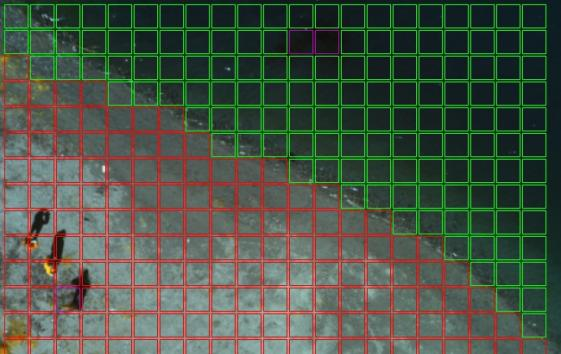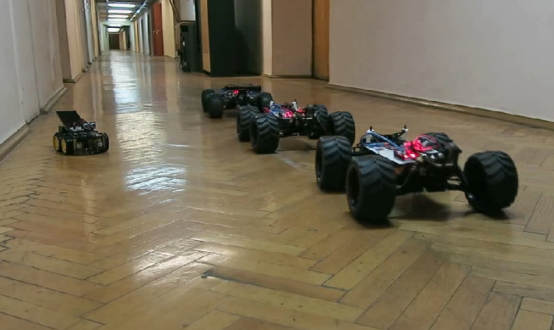DIGITAL CONTROL SYSTEMS IN THE AGRICULTURAL INDUSTRY |
|
 |
|
Alexander V. Kuznetsov, Head of Laboratory No. 90 |
The Laboratory of Digital Control Systems in the Agricultural Industry was established in 2021. Its Head is Dr. Sci. (Phys.–Math.) Alexander V. Kuznetsov. The Laboratory consists of 20 employees, including 8 last-year students and 13 researchers under 39 years old.
The Laboratory was created following the need to maintain the competitiveness of Russia’s agro-industrial complex at the world level. This task requires adopting innovations into the practice of agricultural business and improving the efficiency of all stages in agro-industrial production.
Considering this need, the Laboratory carries out fundamental and exploratory R&D works to develop and apply artificial intelligence, machine vision, big data analysis, control, navigation, and remote control methods for urgent problems of the agricultural industry to improve the efficiency of both large agricultural holdings and farms.
As shown by the foreign and domestic experience in recent years, modern technologies of image recognition, regression analysis, and pattern search in combination with automation tools based on intelligent robotic systems can be used to control and forecast crops, detect abnormal behavior of livestock, and automate some operations in crop production. The Laboratory adapts these technologies to the industry’s needs.
We highlight the following priority areas of Laboratory’s fundamental research:
1. The concept of a digital platform for Russian agriculture (A.V. Kuznetsov).
2. Fundamentals of next-generation intelligent control and information processing systems in the agricultural industry based on adapting contemporary theoretical and applied results (S.I. Antipin).
3. Network-centric control technologies for groups of heterogeneous mobile robots with application to the monitoring of extended objects (A.V. Kuznetsov and S.A.K. Diane).
4. Training and tuning technologies for neural networks to perform the visual analysis of information, particularly using virtual modeling tools, with application to the monitoring of extended objects (A.V. Makarenko, S.A.K. Diane, and E.A. Lesiv).
5. Flight task algorithms for unmanned aerial vehicles (UAVs) and visual analysis algorithms for aerial survey data with application to environmental monitoring (S.A.K. Diane and E.A. Lesiv).
 |
|
Visual image analysis technologies in harvesting |
 |
|
Neural network technologies in water pollution search |
In many of these areas, the Laboratory actively cooperates with Laboratories No. 17, 69, 77, and 80 of the Institute.
To validate the proposed methods, Laboratory’s employees develop test hardware for remotely controlled and intelligent autonomous mobile robots with application to the monitoring of extended objects. Special attention is paid to organizing network-centric interaction between agents in a heterogeneous robotic group.
 |
|
Control technologies for groups of heterogeneous robots |
Laboratory’s R&D work is based on Institute’s infrastructure, particularly two competence centers: The Center for Intelligent Digital Agriculture and the Center for Artificial Intelligence Technologies.
At the same time, applied research carried out in the Laboratory largely corresponds to the goals and tasks of the Belgorod Research Center for Innovative Solutions for the Agricultural Industry. This world-level center initiates research projects and cooperates with the Institute. The list of projects, current and implemented, includes the following:
1. Implementing a hardware-software complex to monitor the condition of animals based on machine learning (the pilot site of Belgorod Pig Complex (SIBAGRO)).
2. Developing an intelligent service for grain crop disease recognition based on machine learning technologies and interdisciplinary knowledge within a digital platform for agricultural producers.
3. Developing a detection and analysis system for cattle behavior anomalies from video images based on machine learning technologies and interdisciplinary knowledge within a digital platform for agricultural producers.
4. Updating a machine vision system for a pig complex with a thermal imaging channel to monitor the animals and temperature-video data integration.
5. Developing an automated detection service for cattle hoof pathologies.
6. Developing a robotic mobile complex to monitor the condition of laying hens in an industrial poultry farm (design and prototype).
As part of the ongoing research, a hybrid approach was proposed to conceptualize the methodology for creating a national digital platform for Russia’s agro-industrial complex. This approach integrates various design methods well proven in world practice.
The digital platform architecture is created based on key provisions of strategic planning and system analysis. During the integration, A.N. Raikov’s convergent methodology was used. It ensures the convergence of the design process and the applicability of the digital platform for agricultural development in Russia.
Along with research, the Laboratory staff actively participates in scientific, organizational, and educational work, supervising bachelor’s, master’s, and postgraduate students in engineering (practical studies and diploma projects).
